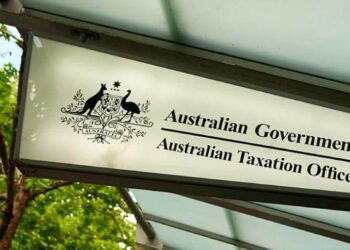ASFA’s update on superannuation account balances states only one-third of people with a super balance of more than $3 million own investment property, and less than one per cent recorded farm income on their tax return.
This is in contrast to research commissioned by the SMSFA, which suggested more than one in 10 SMSFs will be impacted by the proposal to tax unrealised capital gains.
The research conducted by the University of Adelaide used data provided by more than 722,000 SMSF members – two-thirds of the SMSF member population – for the 2021 and 2022 financial years.
The SMSFA stated using unrealised gains to calculate the proposed Division 296 tax would force small business owners and farmers holding property in their SMSFs to sell assets to meet their tax liability. It also found the proposed tax would have a negative impact on up to 50,000 SMSF members, with the mean additional tax liability exceeding $80,000 in 2020–21 and 2021–22.
Furthermore, the SMSFA report said an estimated 13.5 per cent of affected SMSF members would experience liquidity stress in meeting the new tax obligations.
The National Farmers’ Federation said in October the proposed tax increase on superannuation balances would have “far-reaching consequences for farm businesses and rural communities”.
NFF chief executive Tony Mahar said its concerns are “rooted in the unique nature of farming enterprises, where land assets often serve as the primary form of retirement savings”.
“Unlike regular salaried employees, many farmers do not make consistent superannuation contributions,” Mr Mahar said.
“Instead, they consider their land holdings as their primary retirement nest egg. This practice is paramount in succession planning, where land assets are frequently transferred into self-managed superannuation funds (SMSFs) to facilitate retirement income for retiring farmers.”
He said the taxation of unrealised gains poses a genuine challenge for farmers, many of whom may find it difficult to meet the annual tax obligations without selling their land assets.
“This new tax could significantly impact a farmer’s yearly retirement earnings, potentially exceeding them,” he said.
However, the ASFA report states that according to ATO data, in June 2021 there were only around 55,000 individuals with a super balance of over $3 million.
It added that given recent investment returns and further contributions, Treasury estimates that by July 2025 there will be around 80,000 individuals with more than $3 million in superannuation is quite reasonable.
The ATO sample file data on which the ASFA report is based indicated that of people with a super balance of more than $3 million as at June 2021, around 60 per cent were male and 85 per cent were aged 60 and over.
Furthermore, around 35 per cent had taxable income of $200,000 plus, with 35 per cent having taxable income of less than $30,000 a year.
Around five per cent had zero taxable income and of those with high super balances around one-third had an investment property, and one-third of those had an investment property negatively geared.



Nonsense. Every superannuant is affected when Governments shift the goal posts on Superannuation. Ad hoc changes/ tax grabs by the govt reneg on the Govts end of the bargain/contract. This erodes confidence in the whole system. Such changes to suit the purposes of the Govt of the day, will continue to be made before, during and after any useless definition of super is passed into law.
Property is not the only issue and the taxing of any unrealised Capital Gains is abhorrent!
This may not affect a lot of individuals (partly why Treasury says it is an insignificant number of individuals affected), but for those that are affected, the results if this comes to pass are devastating. We will be two of those individuals and our assets are no where near the balances that make headlines. The $3m threshold is too small for anyone living in the Sydney area, or that have assets in the Sydney area.